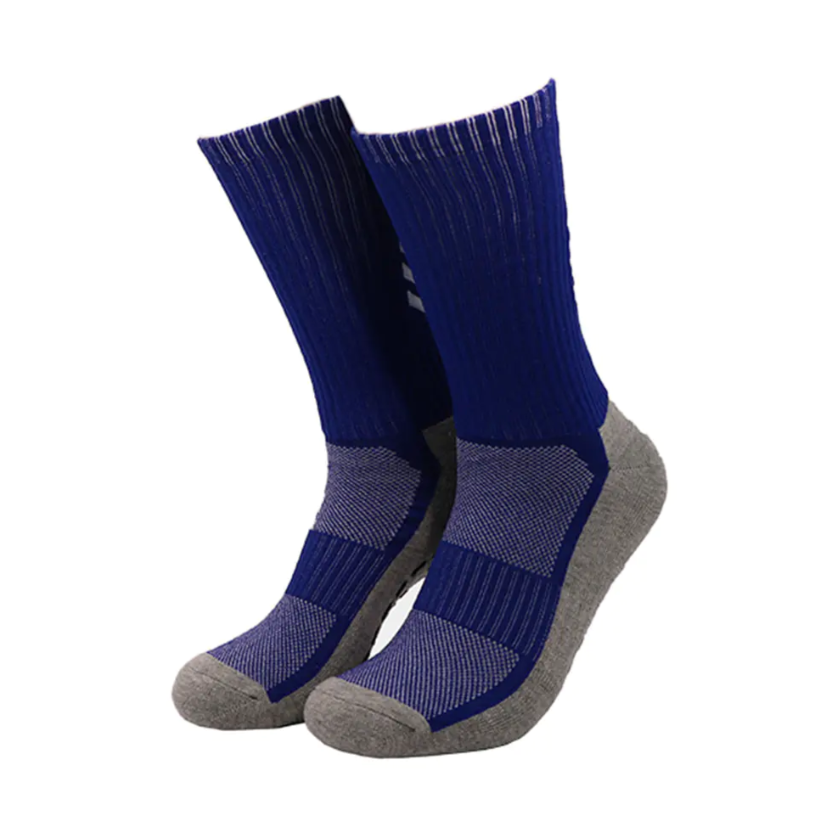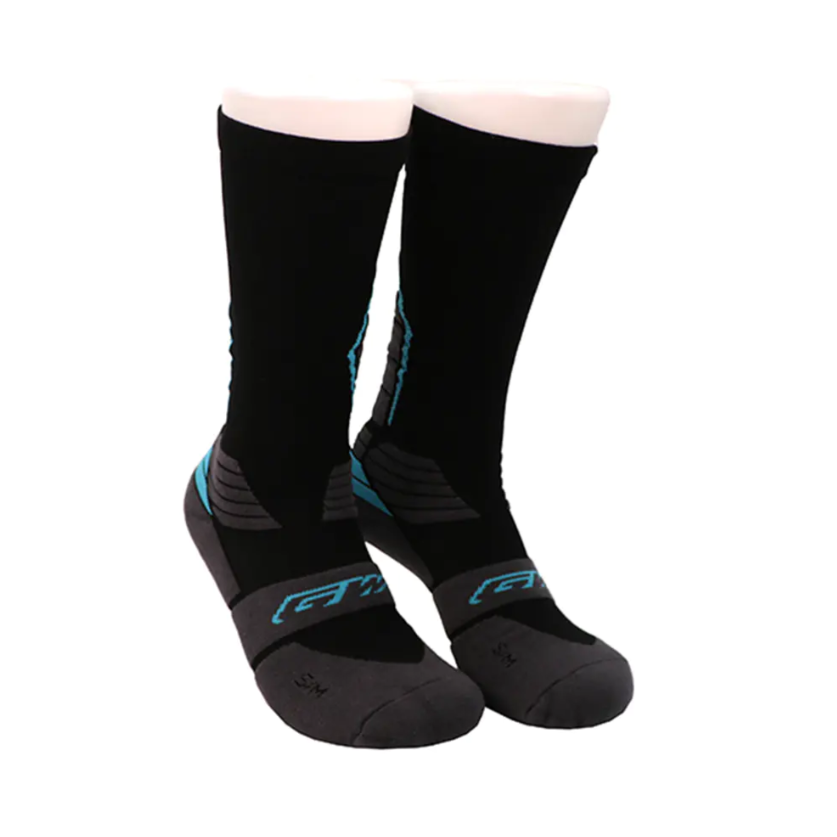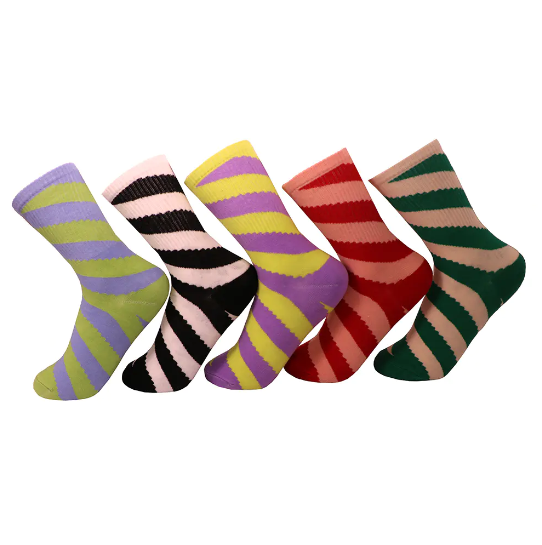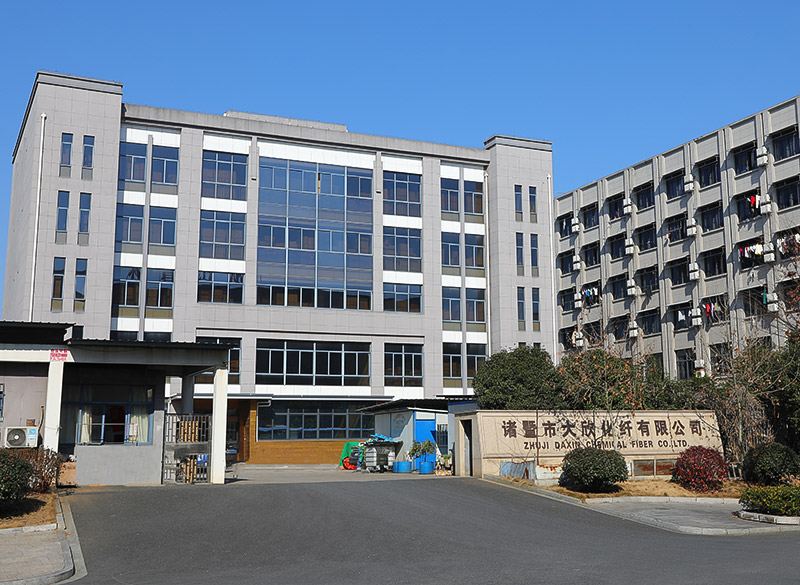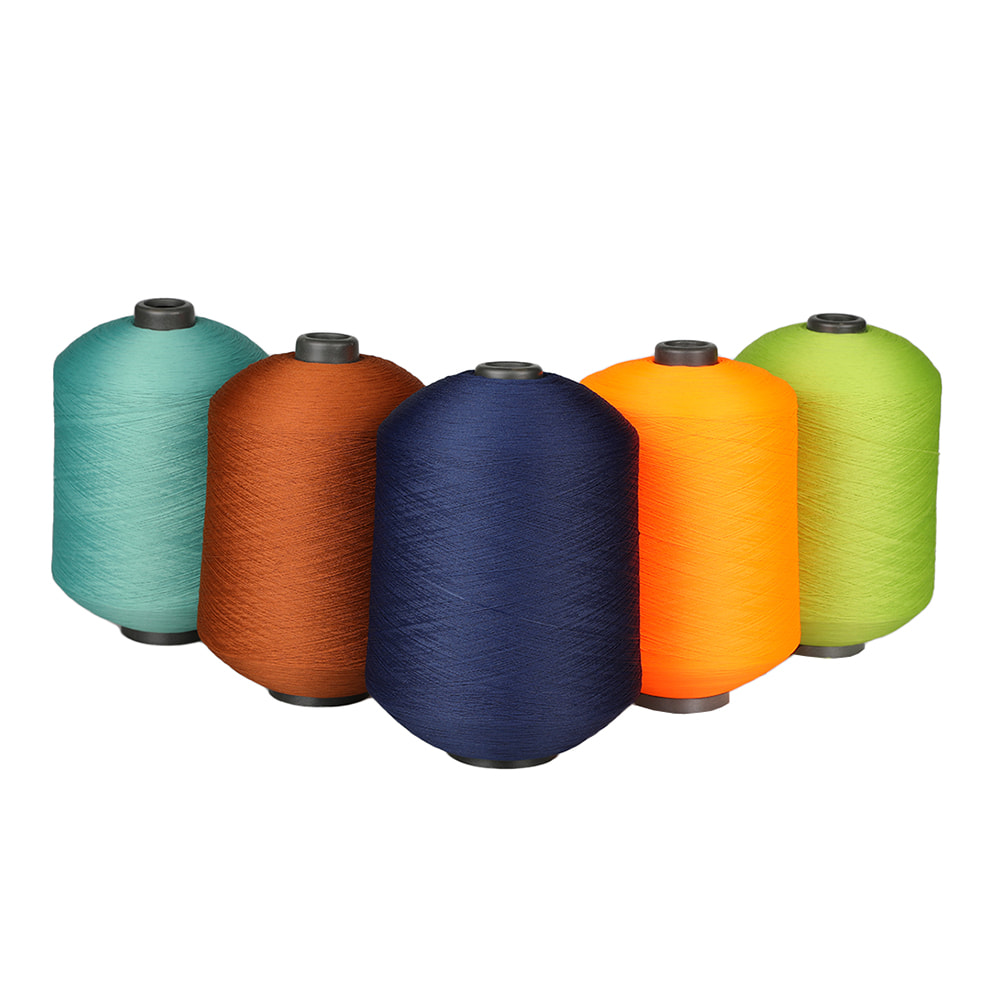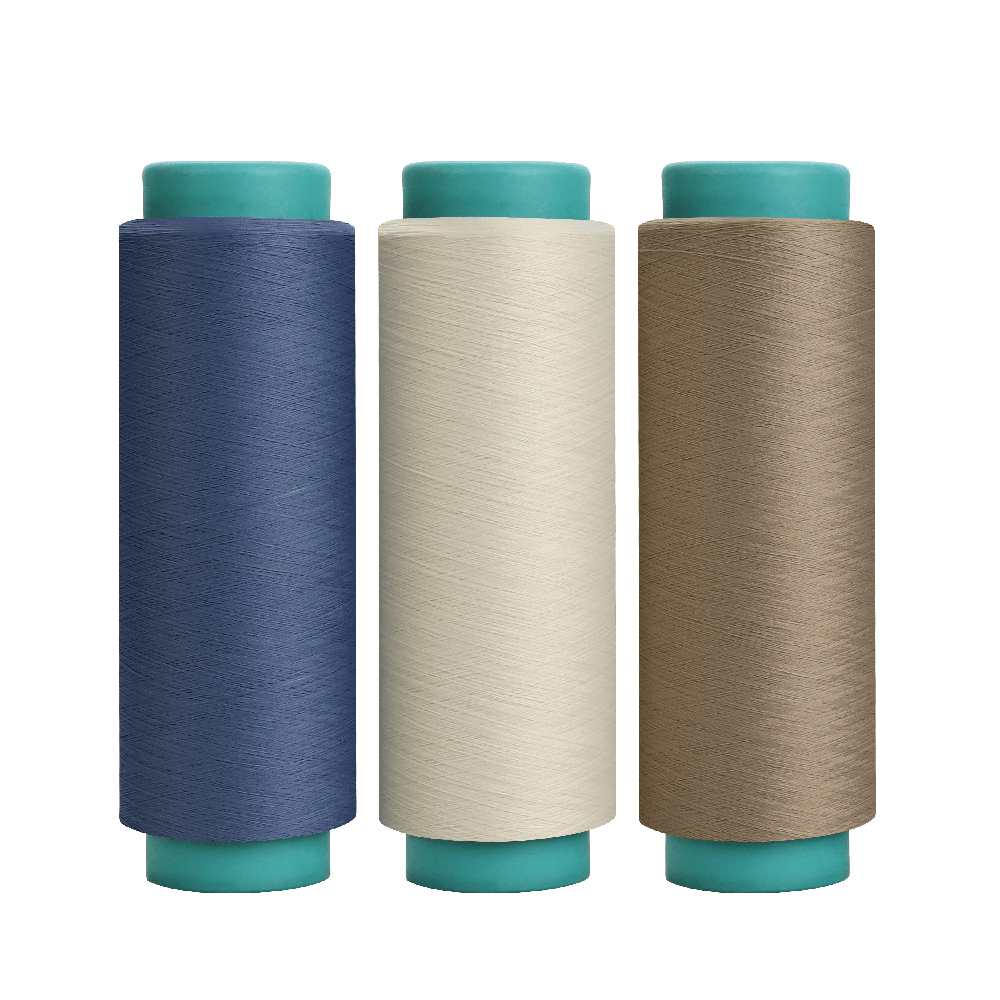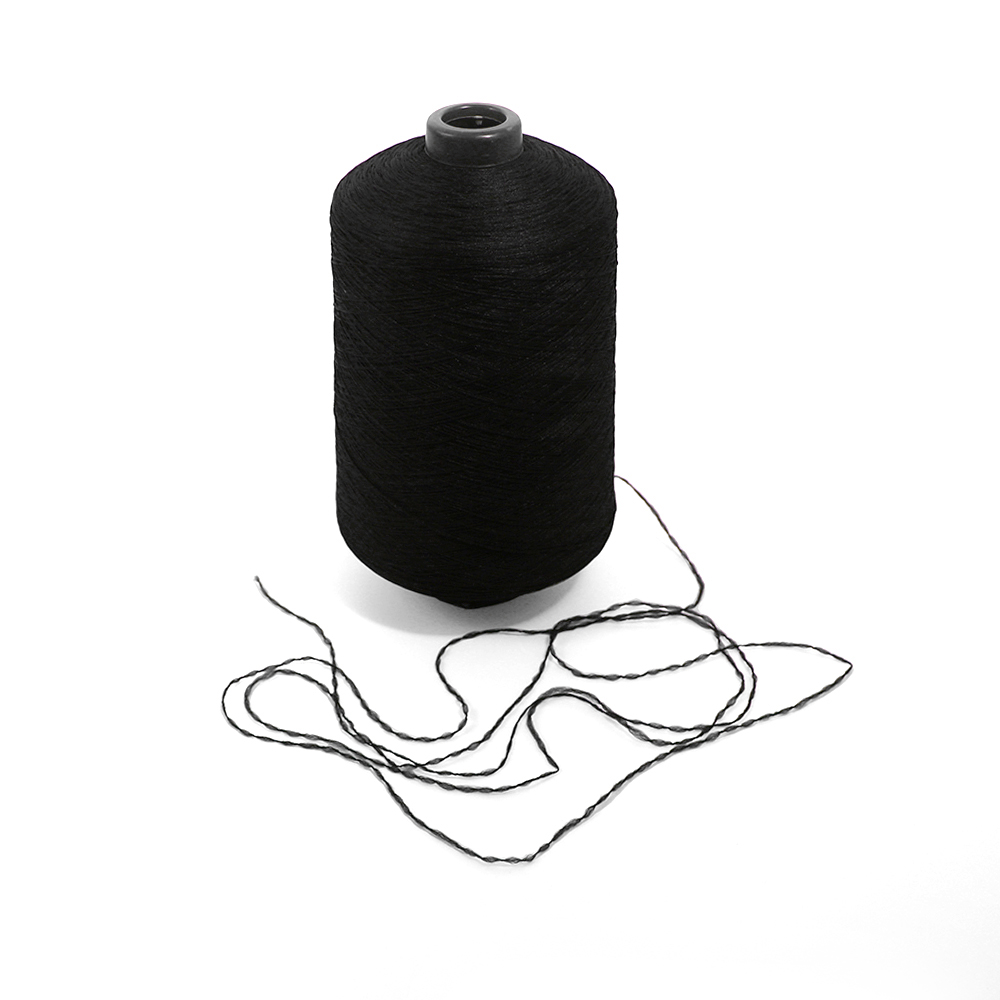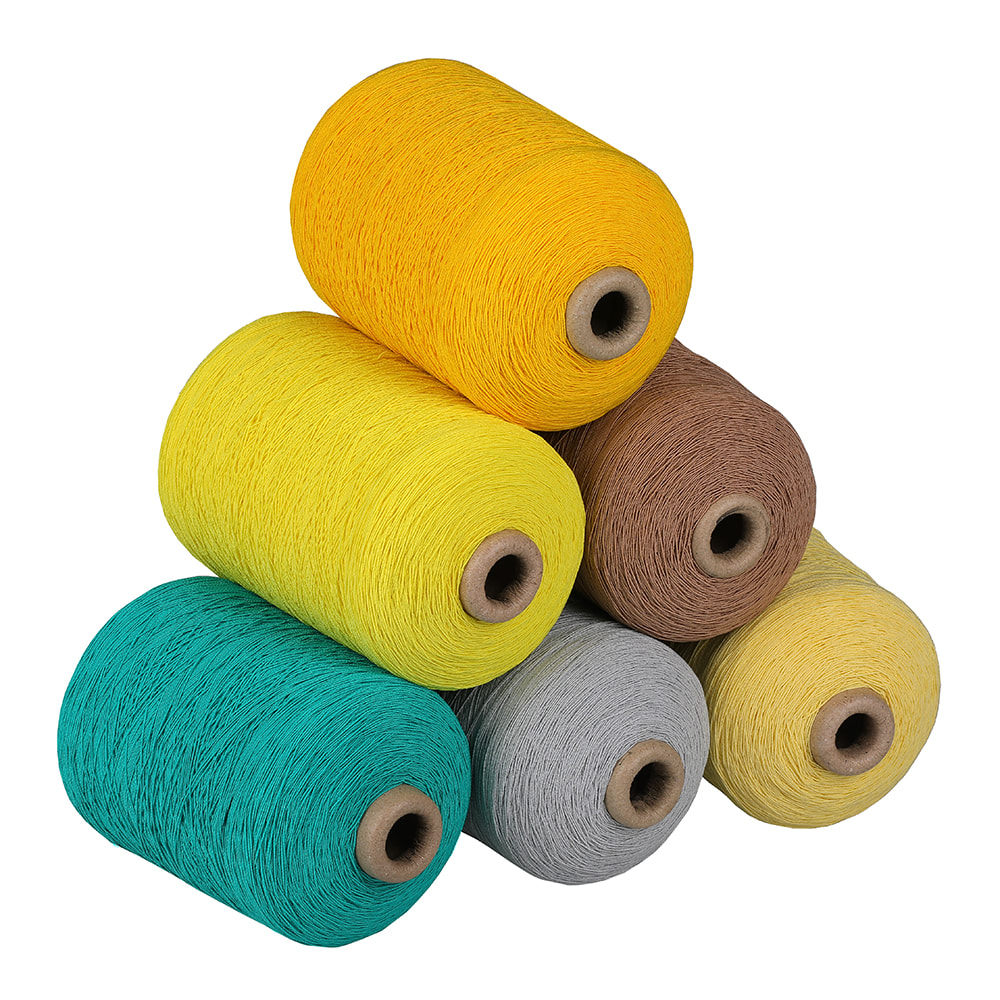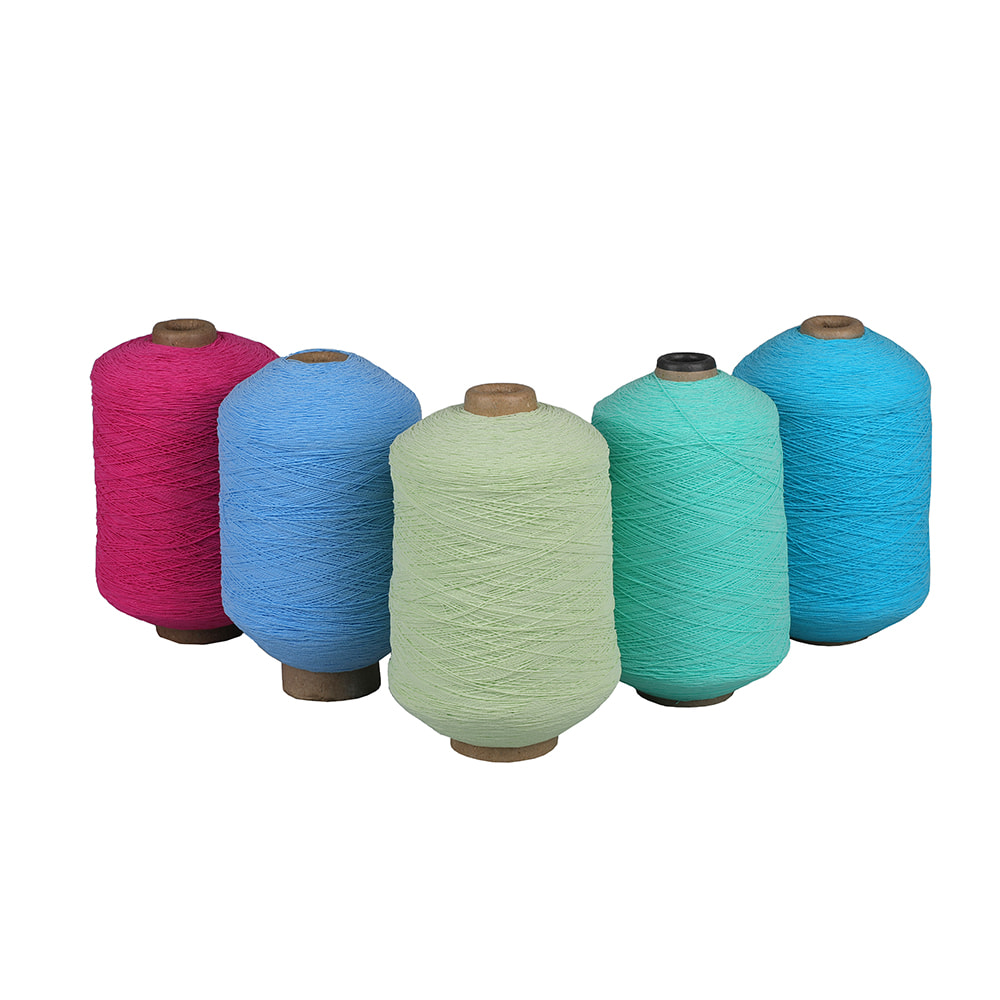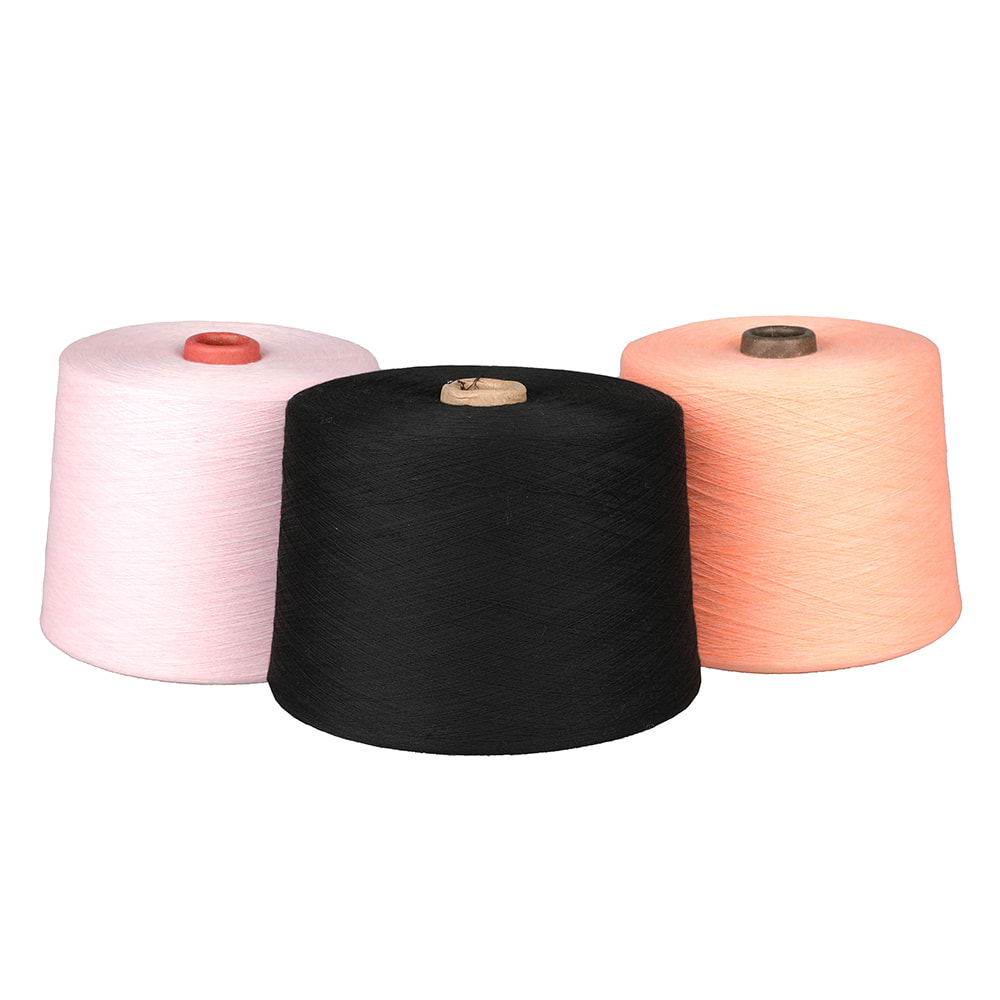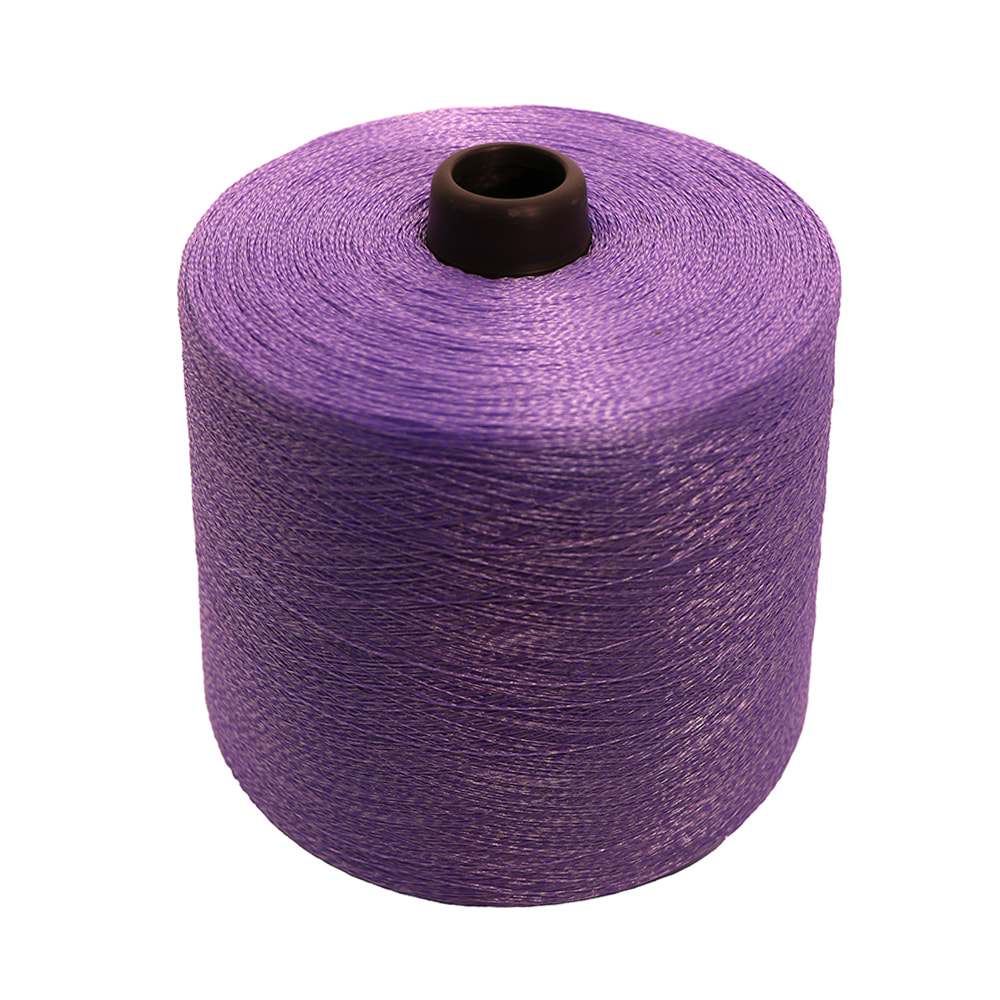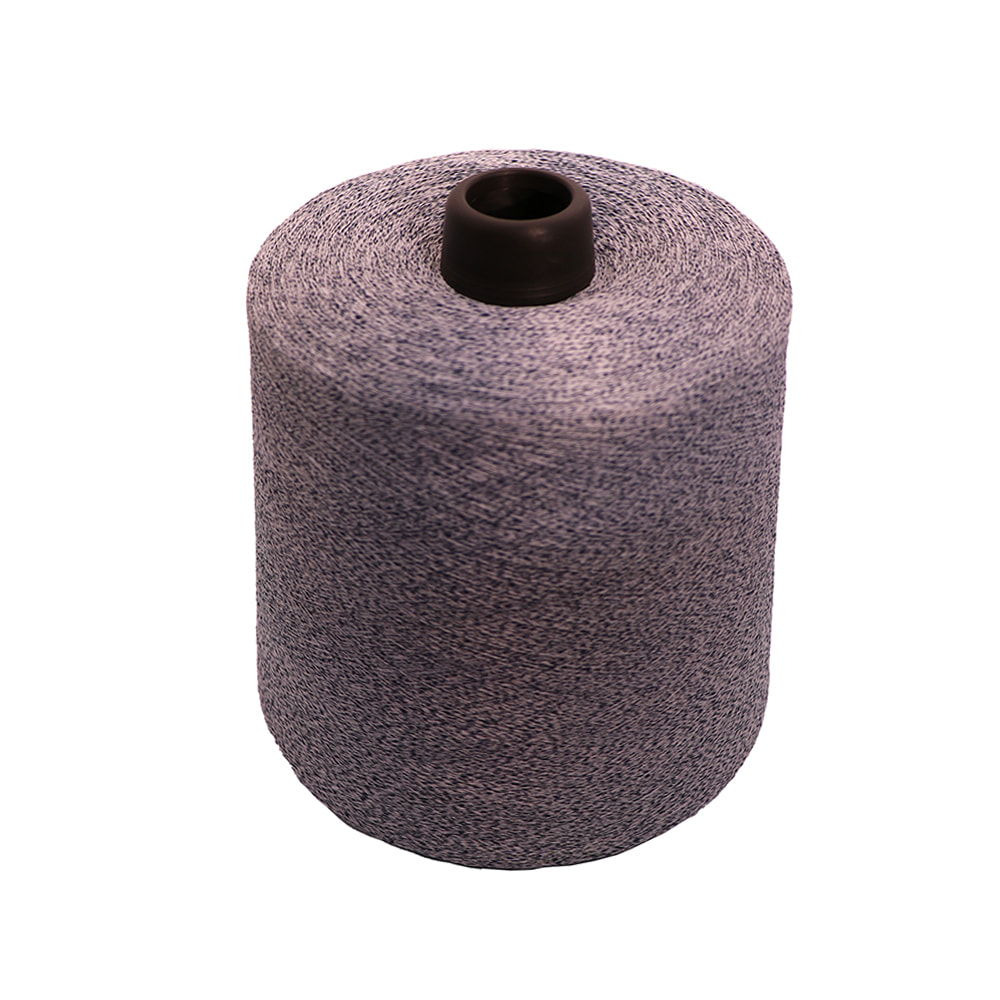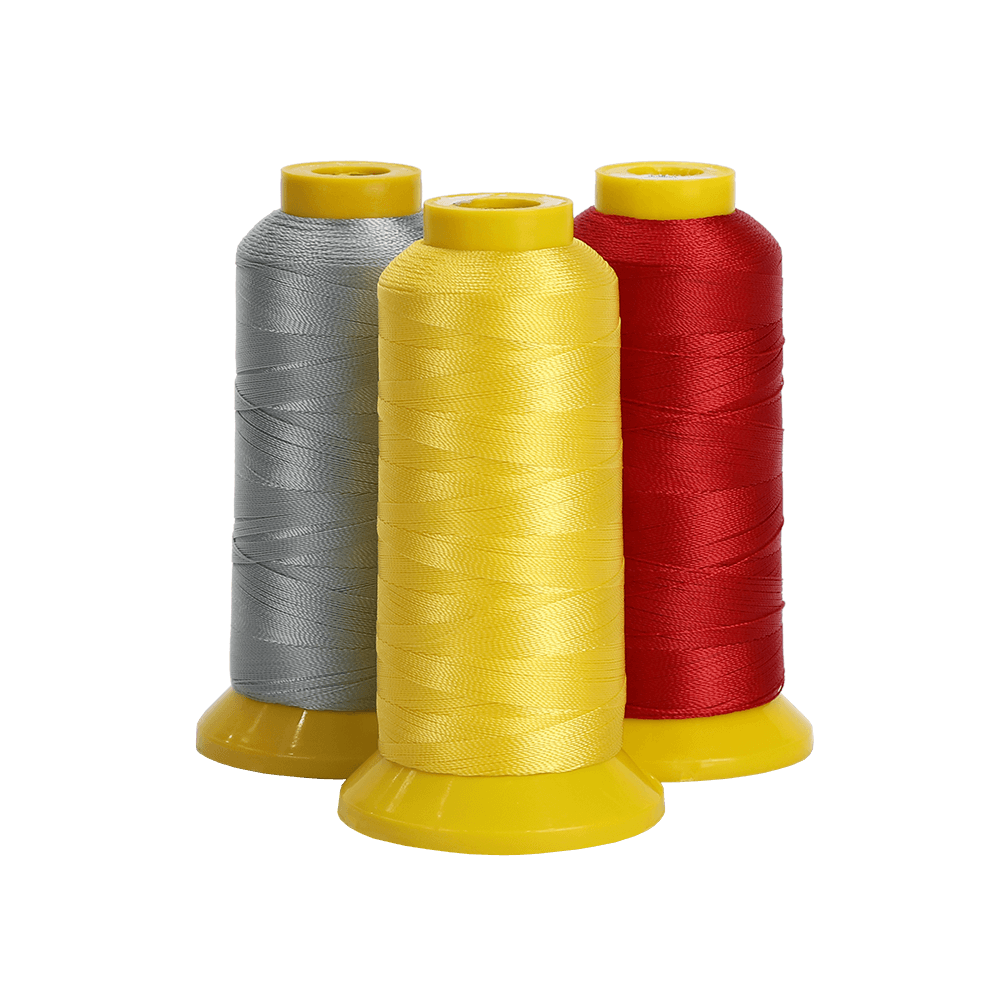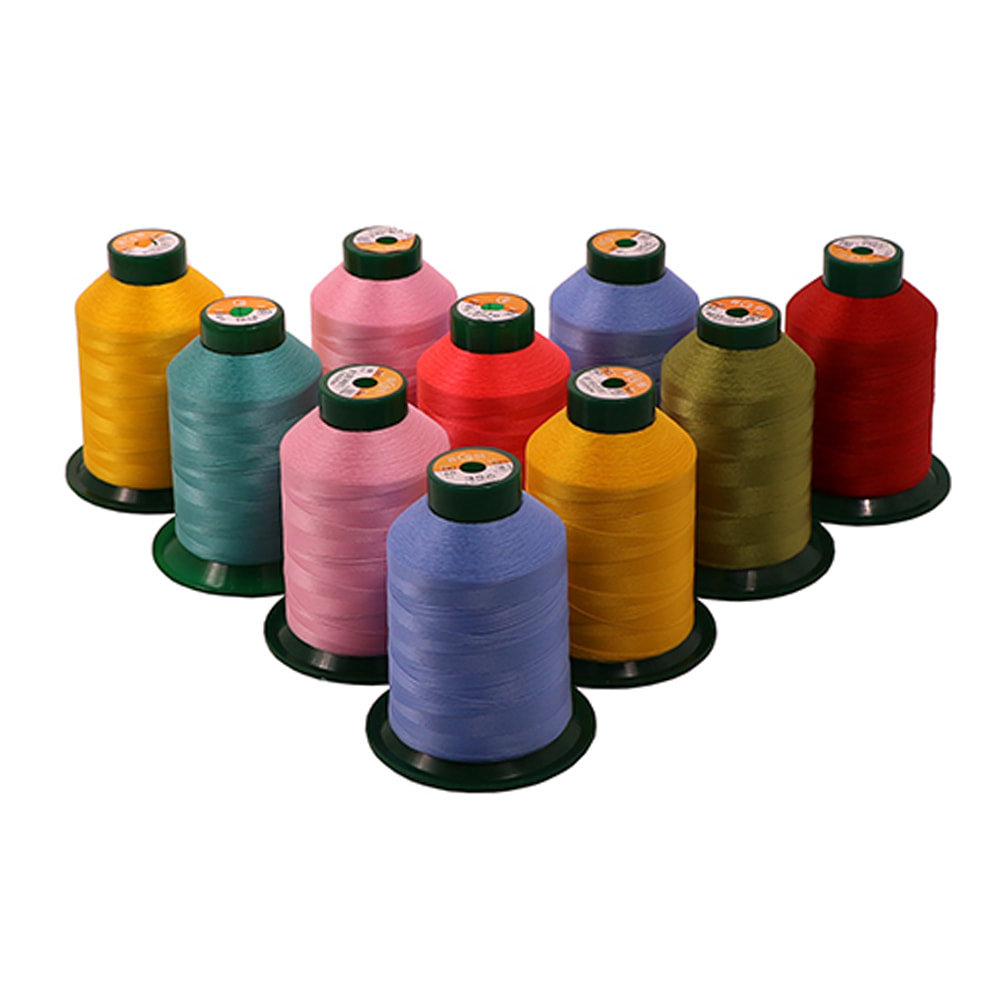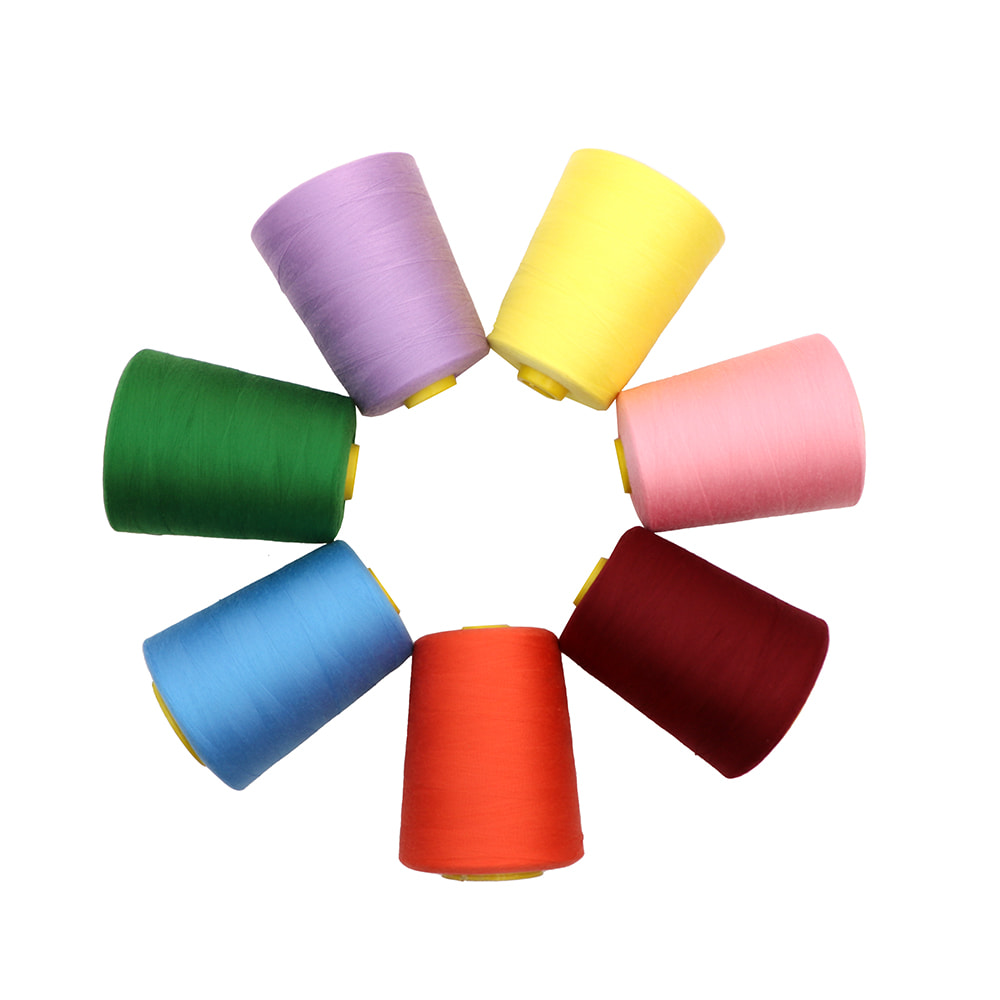1. Introduction
1.1 High requirements for socks performance in football
Football is a highly competitive sport with extremely strict requirements for sports equipment. In particular, socks, as equipment that directly fits the feet, not only need to provide a comfortable wearing experience, but also need to meet multiple properties such as anti-slip, wear resistance, and breathability. Excellent football socks can effectively reduce friction and damage to the feet during exercise, improve sports performance and ensure safety.
1.2 Environmental protection and functionality have become the dual standards of modern sports equipment
With the popularization of environmental protection concepts, the modern sports equipment market has gradually shifted from simply pursuing functions to taking into account the dual standards of environmental protection and performance. Consumers not only pay attention to the practical value of products, but also pay more and more attention to their impact on the environment. Green manufacturing of sports equipment and the application of environmentally friendly materials have become an important direction for brand and product innovation.
1.3 Background of the rise of Environmentally Friendly And Non-Slip Football Socks
Against this background, Environmentally Friendly And Non-Slip Football Socks came into being. This type of socks combines environmentally friendly materials and advanced anti-slip technology, which not only provides better foot protection for athletes, but also actively practices the concept of sustainable development and reduces the burden on the environment. It has become a bridge connecting sports performance and environmental responsibility, meeting the diverse needs of consumers in the new era.
2. Environmentally friendly materials: Protecting the earth starts from the feet
2.1 Advantages of using sustainable recycled materials
Traditional football socks mostly use petroleum-based synthetic fibers, which have high energy consumption and pollution emissions during the manufacturing process. Environmentally friendly football socks use sustainable recycled materials, such as organic cotton, bamboo fiber and recycled polyester. These materials come from sustainable planting or recycling, significantly reducing the consumption of natural resources and environmental pollution.
The use of organic cotton avoids the use of pesticides and fertilizers, protects soil and water sources; recycled polyester effectively reduces the accumulation of plastic waste and reduces greenhouse gas emissions. Overall, environmentally friendly materials make the manufacturing process of football socks greener, extending the environmental protection concept to the end of the product life cycle.
2.2 Types and characteristics of eco-friendly fibers
Organic cotton: soft and comfortable, naturally breathable, suitable for long-term exercise.
Bamboo fiber: has natural antibacterial and deodorizing effects, and has strong moisture absorption and perspiration wicking ability.
Recycled polyester fiber: high strength and wear resistance, light and environmentally friendly.
Natural rubber: used for the anti-slip part of the socks, with both elasticity and degradability.
These fibers are not only environmentally friendly, but also meet various needs such as breathability, wear resistance, and deodorization during exercise.
2.3 Contribution of environmentally friendly materials to reducing carbon footprint
The manufacturing process of recycled polyester can reduce carbon emissions by about 50% to 70% compared with traditional polyester. Organic cotton cultivation reduces the use of chemical fertilizers and pesticides, protects the ecosystem, and avoids soil degradation and water pollution. The widespread use of environmentally friendly materials has greatly reduced the carbon footprint of football socks and promoted the low-carbon transformation of the sports equipment industry.
2.4 How environmentally friendly production processes reduce pollution and resource consumption
In addition to material environmental protection, the production process is equally important. The production of Environmentally Friendly And Non-Slip Football Socks uses low-energy consumption equipment, strengthens wastewater recycling and treatment, uses non-toxic and environmentally friendly dyes, and reduces chemical pollution. At the same time, waste recycling becomes part of the process, reducing solid waste emissions and forming a green manufacturing closed loop.
These measures effectively reduce environmental pollution and enhance the green value of products.
3. Anti-slip design: improving sports performance and safety
3.1 The importance of anti-slip performance in football
In football, athletes need to start and stop frequently and change direction sharply. The stability of the foot determines the accuracy and safety of the action. The anti-slip performance of socks and shoes directly affects sports performance and prevents sprains and other injuries caused by sliding. The emergence of anti-slip football socks has greatly improved the control and safety of athletes on the field.
3.2 Innovative fiber weaving technology improves the friction of socks
Modern anti-slip football socks improve friction through innovative weaving technology, such as:
Environmentally friendly silicone dots or stripes are arranged on the bottom of the socks to enhance the friction coefficient.
The use of multi-layer composite weaving method makes the socks have a higher density and stronger anti-slip performance.
3D three-dimensional weaving technology fits the foot shape tightly to prevent socks from sliding in the shoe.
These technologies improve the grip of socks and shoes to ensure sports safety.
3.3 Diversified implementation schemes of anti-slip structural design
Anti-slip design is divided into different categories according to different needs:
Full-bottom silicone anti-slip: suitable for indoor venues and artificial grass.
Local key reinforcement: layout of silicone in key parts such as heels and toes.
Spiral or grid texture design: increase friction contact area.
Combination of anti-slip and shock absorption: reduce impact and protect feet.
Through these diverse schemes, the needs of different venues and exercise intensities can be met.
3.4 Examples of the role of anti-slip socks in reducing sports injuries
Sports medicine research shows that athletes wearing anti-slip football socks have a sprain risk reduced by about 20%-30%. In actual competitions, anti-slip design helps athletes better control their body balance, reduce accidental injuries caused by sliding, and improve competition performance and safety.
4. Double protection: environmental protection and comfort coexist
4.1 Breathability and softness brought by environmentally friendly materials
Environmentally friendly materials such as organic cotton and bamboo fiber have excellent breathability and perspiration wicking properties, which help keep feet dry and reduce bacterial growth and odor. Its soft texture greatly reduces friction, reduces the risk of blistering, and improves the comfort of wearing.
4.2 How does the anti-slip design ensure comfortable and stable wearing?
The scientific layout of anti-slip silicone points ensures anti-slip while avoiding pressure or discomfort on the skin. The use of elastic environmentally friendly materials ensures that the socks fit the feet tightly, neither loose nor too tight, so that athletes can be stable and comfortable during exercise.
4.3 Performance in various weather and field conditions
Environmentally Friendly And Non-Slip Football Socks performs stably in different climates and field conditions. Its excellent moisture absorption and perspiration and quick drying functions are suitable for hot and humid environments; the anti-slip design effectively copes with slippery grass or artificial fields to ensure sports safety.
4.4 Durable and durable, reducing the value of resource waste
High-quality environmentally friendly materials and advanced manufacturing processes make football socks wear-resistant and durable, reduce frequent replacement, reduce resource consumption and waste generation, truly achieve sustainable use, and conform to the concept of green consumption.
5. Consumer cognition and market trends
5.1 Consumer demand for environmentally friendly sports equipment is growing
With the increase of environmental awareness, consumers are gradually inclined to choose green and healthy sports equipment. Environmentally Friendly And Non-Slip Football Socks just meet their dual demands for product performance and environmental protection attributes, becoming a hot spot in the emerging market.
5.2 Green consumption concept promotes market development
Green consumption concept has become the mainstream, promoting sports equipment companies to accelerate environmental protection transformation, introduce new products, and expand the market scale year by year. Consumers are willing to pay a premium for environmentally friendly products, driving green innovation in the industry.
5.3 Market potential and future prospects of environmentally friendly non-slip socks
In the future, environmentally friendly football socks will combine more intelligent fiber technologies, such as temperature regulation, antibacterial and antiviral functions, while continuing to optimize environmentally friendly materials, and promote the sports equipment industry to a new stage of intelligence and greening.
6. Conclusion
Choosing Environmentally Friendly And Non-Slip Football Socks is not only a professional protection for your own feet, but also a practical action to participate in global environmental protection. While enjoying the fun of sports, each of us can contribute to the sustainable development of the earth. In the future, we expect more sports enthusiasts to pay attention to the selection of equipment that balances environmental protection and performance, and jointly promote the arrival of a new era of green sports.

 English
English 中文简体
中文简体 Español
Español